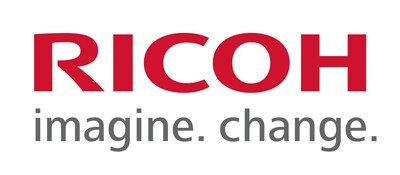Printing Revolution: Ricoh Unveils Insider's Roadmap to Workplace Tech Transformation

Ricoh Asia Pacific Unveils Definitive Guide to Modern Print Technologies
In a groundbreaking move, Ricoh Asia Pacific has launched The Business Guide to Print Technologies, a comprehensive whitepaper that offers unprecedented insights into laser and inkjet printing solutions. This meticulously researched document stems from rigorous, independent testing, providing businesses with a deep understanding of contemporary print technology performance and capabilities.
The whitepaper goes beyond traditional technical documentation, delivering practical, real-world analysis that empowers organizations to make informed decisions about their printing infrastructure. By examining the strengths and nuances of different print technologies, Ricoh has created an invaluable resource for companies seeking to optimize their printing strategies and enhance operational efficiency.
Professionals across industries can now access a detailed exploration of print technologies, backed by empirical evidence and expert evaluation. This guide represents a significant contribution to understanding the evolving landscape of business printing solutions.

